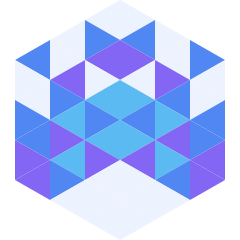Ambidextrous Test
Among the ambidextrous celebrities, we find Albert Einstein, Leonardo da Vinci, Benjamin Franklin, and many others.
And you, are you right-handed? Left-handed? Ambidextrous? If you don't know yet, this simple test will help you understand how naturally you can use both hands in daily life.
The test is inspired by the Edinburgh Handedness Inventory method[1], a scientific tool used to assess manual lateralization.
Do you have a dominant hand?
Take a few minutes to answer these 8 questions. Go with your gut: no need to overthink it.
For each answer, assign points as follows:
- Right hand = 2 right points
- Left hand = 2 left points
- Both = 1 left point and 1 right point
Mark the points for each question. At the end, you will find instructions to interpret the result.
-
When you need to write a quick note, which hand do you naturally use?
-
If you have to take a quick screenshot with your computer or phone, which hand do you use to press the key?
-
When pouring from a bottle, which hand holds it?
-
When you draw or doodle while on the phone, which hand do you use?
-
If you have to mime or point while talking, which hand moves first?
-
At a restaurant, which hand holds the knife to cut meat?
-
Now try closing your eyes and reaching out to grab something. Which hand moves first?
-
When writing a message on your phone, which thumb do you press first on the keyboard?
Calculating the results
Well done! Now enter the total points obtained for the left hand and the right hand below to discover your manual dominance profile:
You are ambidextrous too
Having a dominant hand is completely natural. However, some people show greater versatility, using both hands almost equally.
If your score is close to 50/50, you may have a balanced dominance. This does not mean your brain is “more balanced,” but that you have developed motor skills in both hands — which is very useful in sports, creative, or work contexts.
Even if you are clearly right-handed or left-handed, you can still train your less-used hand and improve bilateral coordination. Here is a guide with exercises to become ambidextrous that will help you do it gradually and enjoyably.
Write in the comments if you found yourself in the test result or if you are working on strengthening your other hand!
Want to take the next step?
This little test is a great way to spark curiosity. But if you really want to turn that curiosity into a concrete skill and fully discover your potential, I have created the complete map to guide you on this journey.
In my new book, "How to Become Ambidextrous", I have gathered not only a much more in-depth test, but an entire structured path. You will find dozens of practical exercises for writing and drawing, strategies to train every day, and a fascinating exploration of how your hands can enhance your mind.
It is the guide I wish I had at the beginning of my adventure, and I wrote it with you in mind.
Comments ( 1 )


Nice blog :)